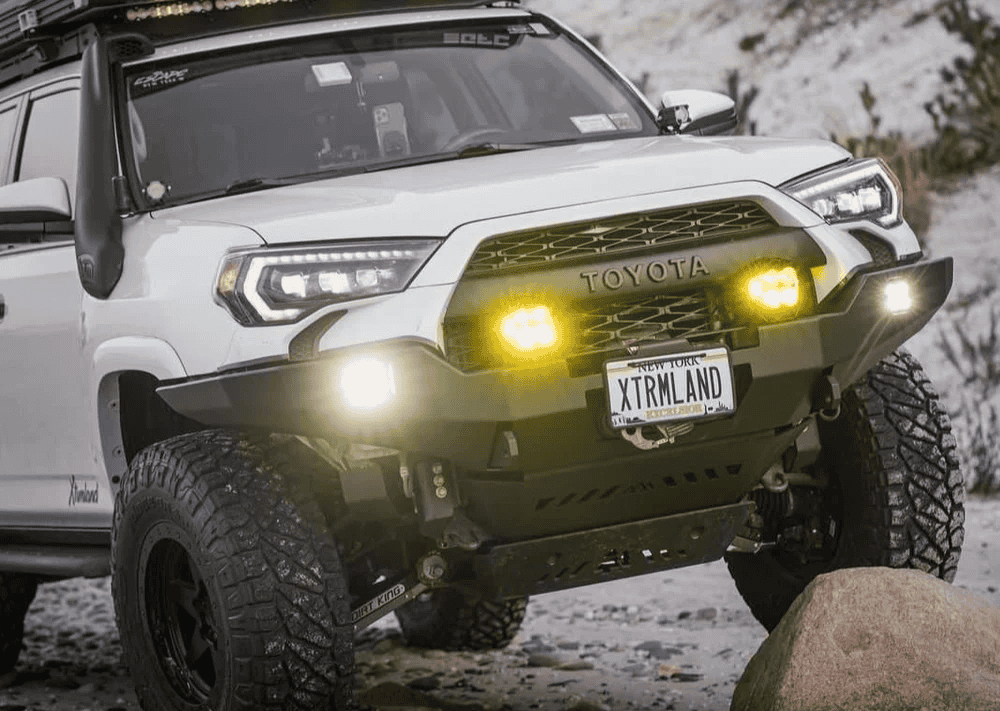Overland Vehicles

A smart truck build begins with a simple exercise. Write down your primary mission, your secondary mission, and your constraints. Mission means how you truly use the truck during most miles, not the dream trip once a year. Constraints cover budget, payload, garage height, fuel range, and maintenance access. With that list in hand, rank features by impact on safety, capability, and comfort.
Start with tires and suspension because they influence everything else. Tire size affects gearing, braking distance, and turning radius. Suspension choices influence ride quality, payload handling, and component life. Consider real travel patterns. High speed gravel demands stability and heat control. Technical trails reward ground clearance and precise damping. If towing is routine, rate sway control and braking above rock crawling articulation.
For frequent towing, prioritize a stable suspension tune, quality shocks with heat management, and a brake system that resists fade. Choose tires with a load rating that matches the trailer and cargo. Aim for a wheel and tire setup that keeps overall diameter close to stock to preserve gearing and braking performance. Add transmission cooling where appropriate and verify hitch ratings after any bumper changes. Weight distribution and tongue weight are not guesses. Measure them and set air or helper springs accordingly.
Long gravel stretches and remote tracks reward durability and range. A moderate tire size with strong sidewalls offers puncture resistance without excessive rolling mass. Armor should protect the real strike zones while keeping weight in check. Think approach, breakover, and departure angles rather than covering every panel with steel. Electrical priorities include power storage sized to actual loads, efficient charging from alternator and solar, and clean wiring that is easy to service on the trail.
Good systems play nicely with each other. Start with weight accounting. List every component and its location on the truck. Heavy items mounted above the bed raise the center of gravity, while weight behind the rear axle amplifies pitching. Keep mass low and forward when you can. Suspension springs should match curb weight plus realistic cargo, not a theoretical number that is never reached.
Electrical and HVAC choices also interact. An induction cooktop and a compressor fridge demand a battery and charging system sized for worst case days with little driving and weak sun. If you plan to add air conditioning for camping, calculate surge current and cycling behavior, then confirm alternator output and wire gauge. Storage and interior layout should serve daily routines. If you cannot reach a tool without unloading three bins, the design is not done.
A truck that sees school runs and highway commuting needs quiet tires, predictable braking, and lighting that does not blind oncoming traffic. Consider a mild lift with corrected alignment to preserve tire wear and steering feel. Use aerodynamic crossbars and fairings if a rack is always installed. Sound control matters more than you think. Small upgrades to door seals and cargo mounting can reduce rattles and driver fatigue on long days.
The quickest way to double spend is to buy parts before the plan is finished. Price the whole system, then phase it. Tires and suspension first, then protection, then power and storage. Each phase should stand on its own and not force you to throw away parts later. When comparing components, evaluate cost per pound added and capability gained. A lighter bumper that still clears the approach angle may free budget for better shocks or recovery gear.
Serviceability is a real feature. Ask how long it takes to access the air filter, change a belt, or reach a fuse. Tidy wiring with labeled circuits saves hours later. Choose parts with available spares and clear documentation. Range planning ties it together. Calculate fuel or charging range with the actual tire size, added weight, and route speed. A truck that can run a full day without stress is a truck you will keep using.
If you want a cohesive plan and a truck that feels dialed, map your mission, then select features that support it. When you are ready for a professional build path, explore Overland rigs to see how a complete system comes together. For tailored packages that match payload, power, and travel style, check our Custom overland upfit process. Curious about the team, philosophy, and handoff experience in Fayetteville Arkansas? Read Why choose OZK Customs.
Tell us where you go, what you carry, and how you drive. We will translate that into suspension tuning, armor selection, power systems, storage layouts, lighting, and communications that work together. Whether you need a complete custom build or a targeted upfit, we aim for quiet cabins, stable handling, and field serviceable systems that make travel easy. Your truck should feel confident on Monday and capable on Saturday. Let us help you spec it right the first time.
Ready to prioritize the right features and avoid costly rework? Tell us how you drive and what you need. Our team will plan a complete custom build or partial upfit that fits your payload, range, and comfort goals. Start your spec today and pick up your truck in Fayetteville Arkansas.
ADDRESS:
6159 E Huntsville Rd, Fayetteville, AR 72701
PHONE:
(479) 326-9200
EMAIL:
info@ozkvans.com